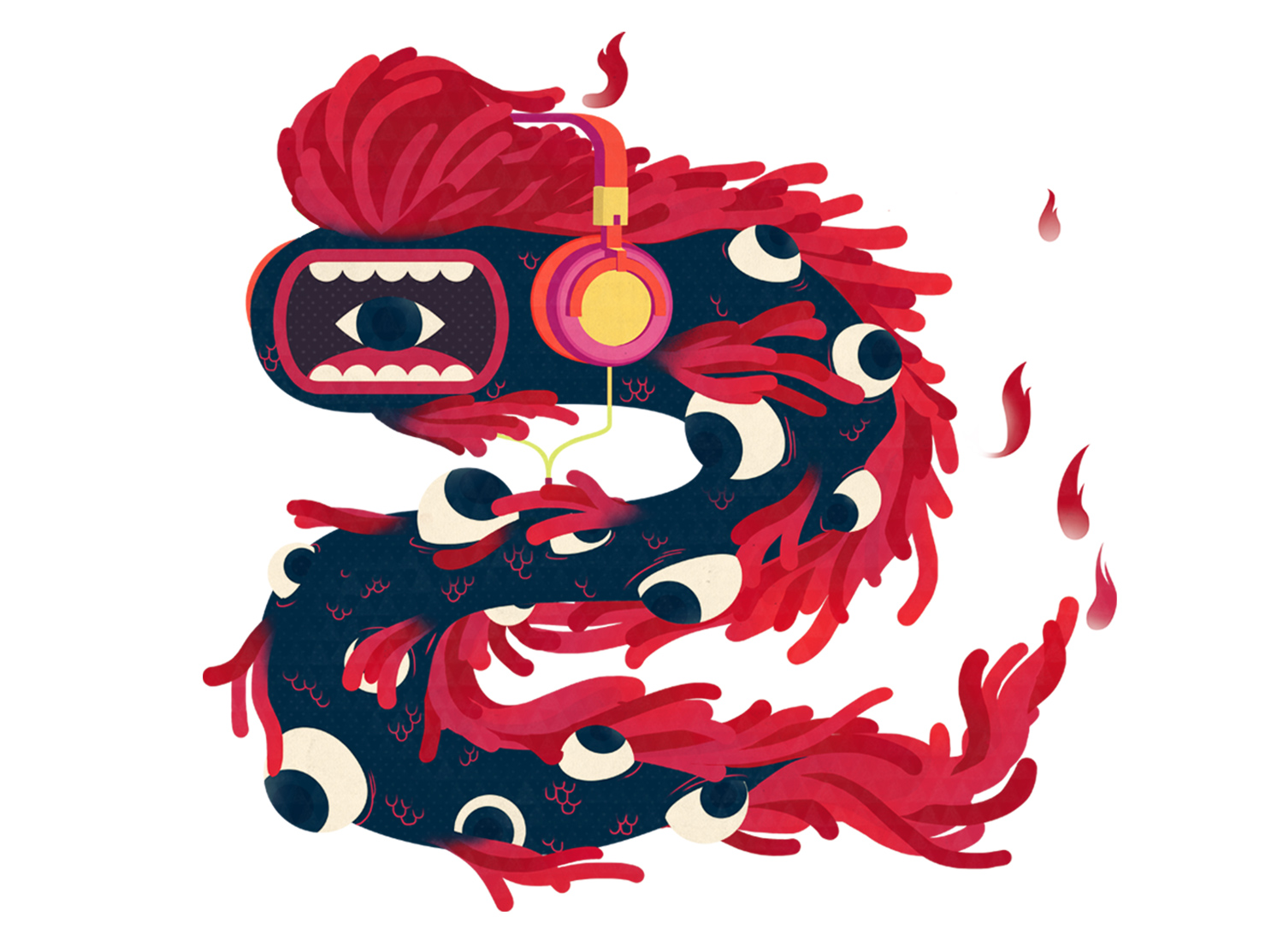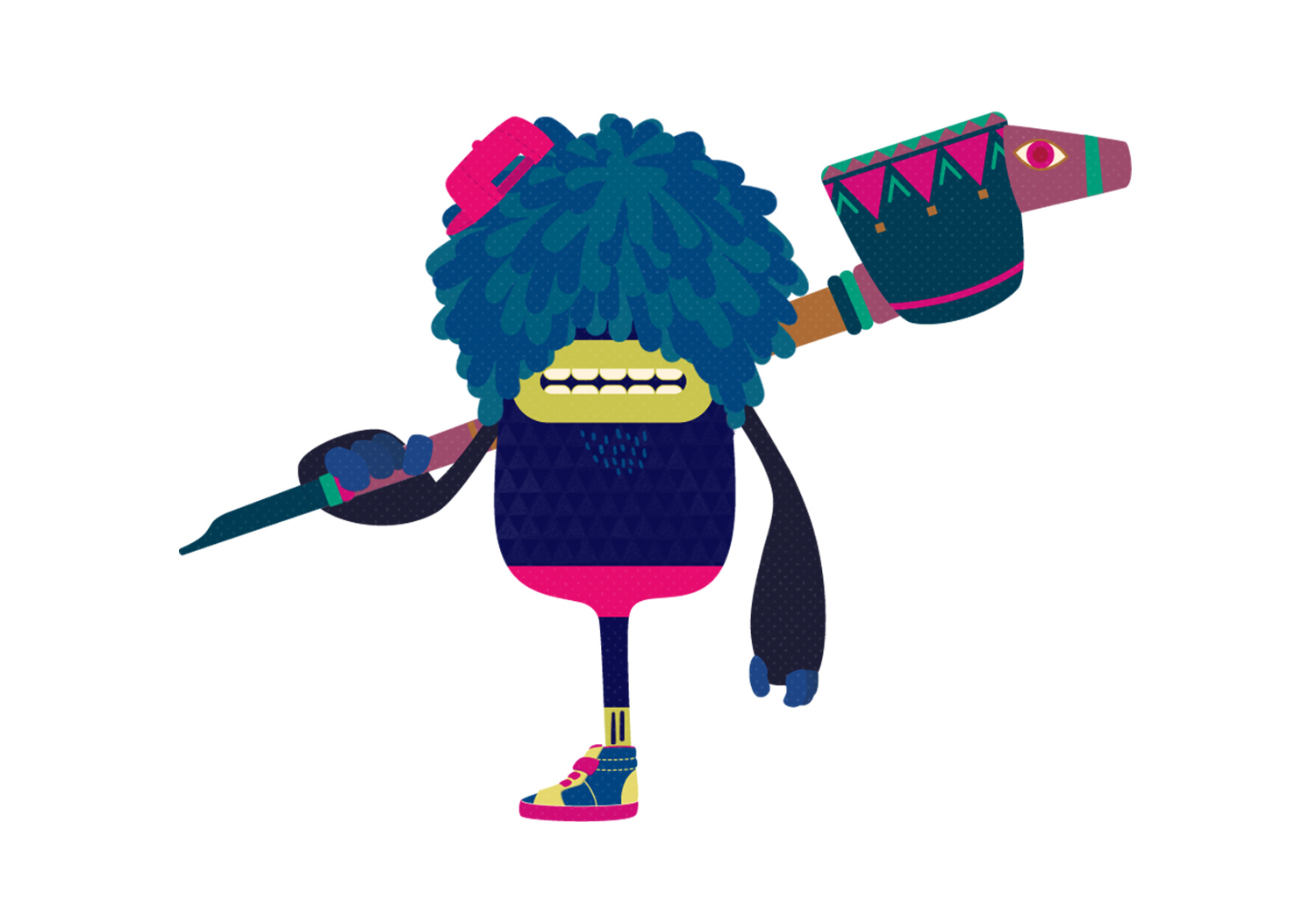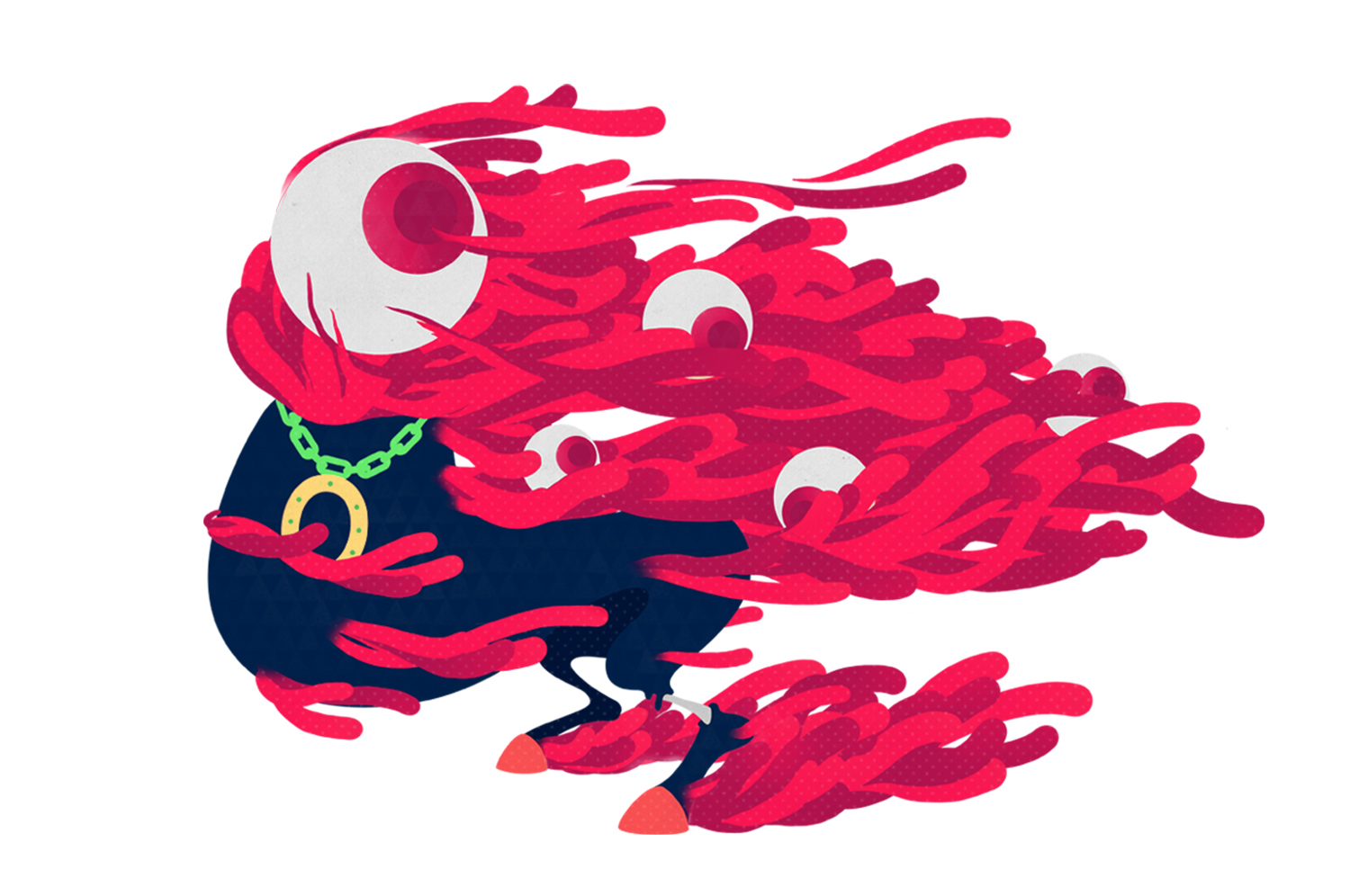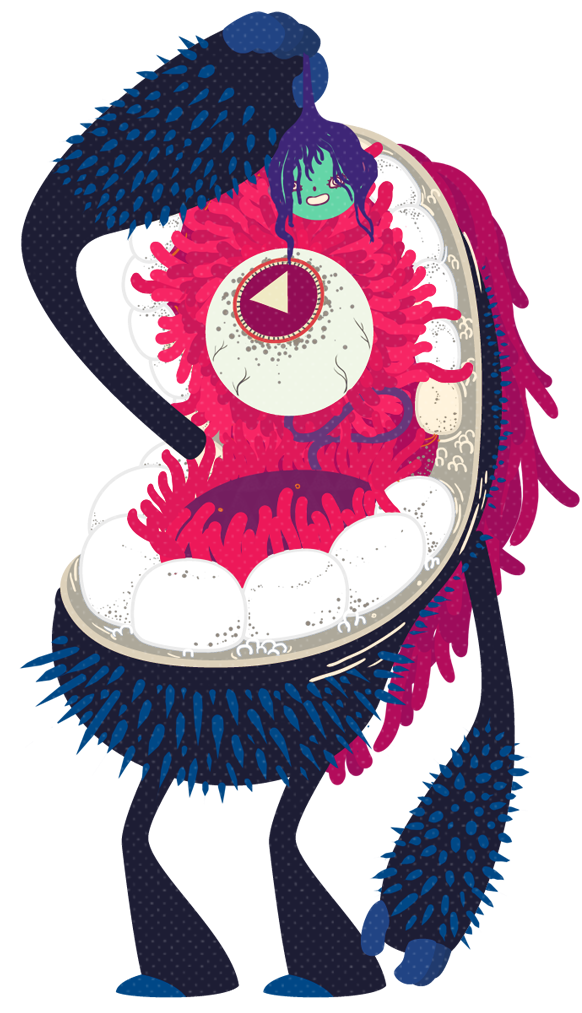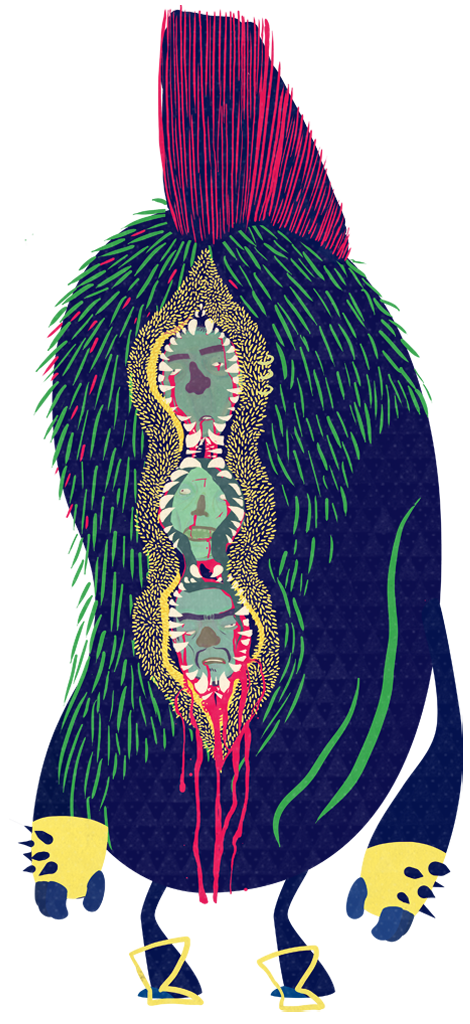Granimator
Design
Illustrations of the Brazilian folklore character made for the Granimator app project.
Studio | Lobo
Brazilian Folklore Characters
Design
Illustrations of the Brazilian folklore character made for the Granimator app project.
Studio | Lobo
Boitata
Boitatá is a mythological serpent from Brazilian mythology, legend and folklore. Boitatá appears to be a flame or black huge serpent with flames around his body, it’s sometimes described by having two horns. Boitatá maybe is a good entity, but it may kill anything which is violating the forests. Their diet consists of eyes from dead animals or its victims. bright, its stare can possibly blind.
Mula Sem Cabeça
Curupira
CURUPIRA: The name comes from the Tupi language kuru’pir, meaning “covered in blisters”. According to the cultural legends, this creature has bright red/orange hair, and resembles a man or a dwarf, but its feet are turned backwards. Curupira lives in the forests of Brazil and uses its backward feet to create footprints that lead to its starting point, thus making hunters and travelers confused. Besides that, it can also create illusions and produce a sound that’s like a high pitched whistle, in order to scare and drive its victim to madness. It is common to portray a Curupira riding a collared peccary, much like another Brazilian creature called Caipora.
Monstro Labatut
The Labatut Monster is a mystical entity of the Brazilian northeastern’s (sertão) folklore.
Known in the region of Chapada do Apodi, on the border between Ceará and Rio Grande do Norte, the Monstro Labatut has a human form, mixing European origin with indigenous elements. His feet are round, his hands are long, his hair is long and hairless. His body is hairy, having only one eye on his forehead, and his teeth are like those of the elephant, being considered by the natives worse than the werewolf, the lame dog.
The monster has the peculiarity of eating children because they have the softest flesh. It goes hunting in the streets and deserted roads, on windy or full moon nights.
Mapinguari
The MAPINGUARI is a legendary creature variously described as resembling a sloth-ish creature with red fur living in the Amazon rainforests of Brazil and Bolivia. The name is usually translated as “the roaring animal” or “the fetid beast”.
According to native folklore, the creature has a series of unnatural characteristics related to other fantastic beings of Brazilian mythology. These include the creature only having one eye, long claws, lizard-like skin, backward feet, and a second mouth on its belly. In more recent alleged eyewitness accounts, it has consistently been described as resembling either an ape or giant ground-dwelling sloth and having long arms, powerful claws that could tear apart small trees, a sloping back, reaching heights of 7 feet when standing on its hind legs, and covered in thick, matted fur.
